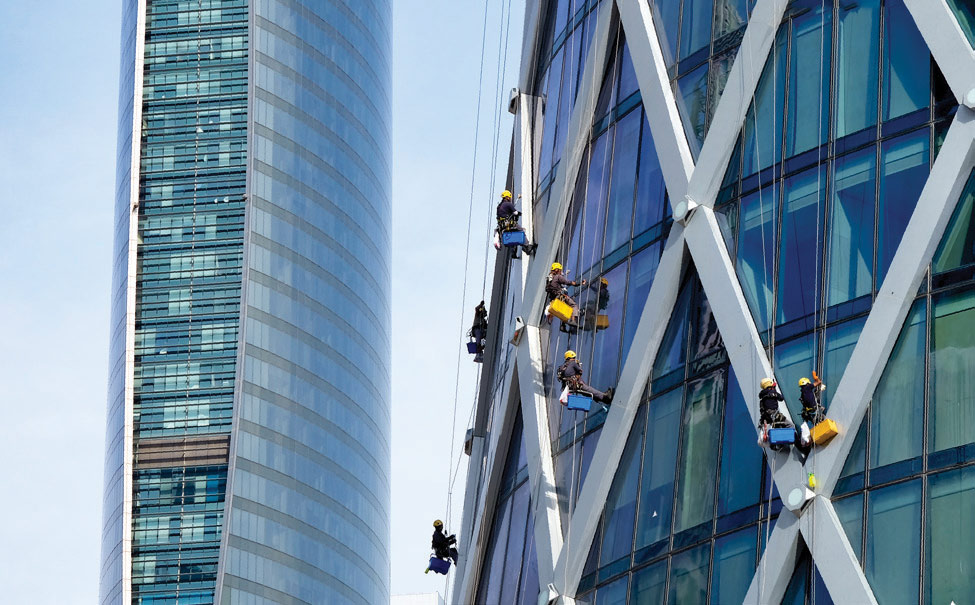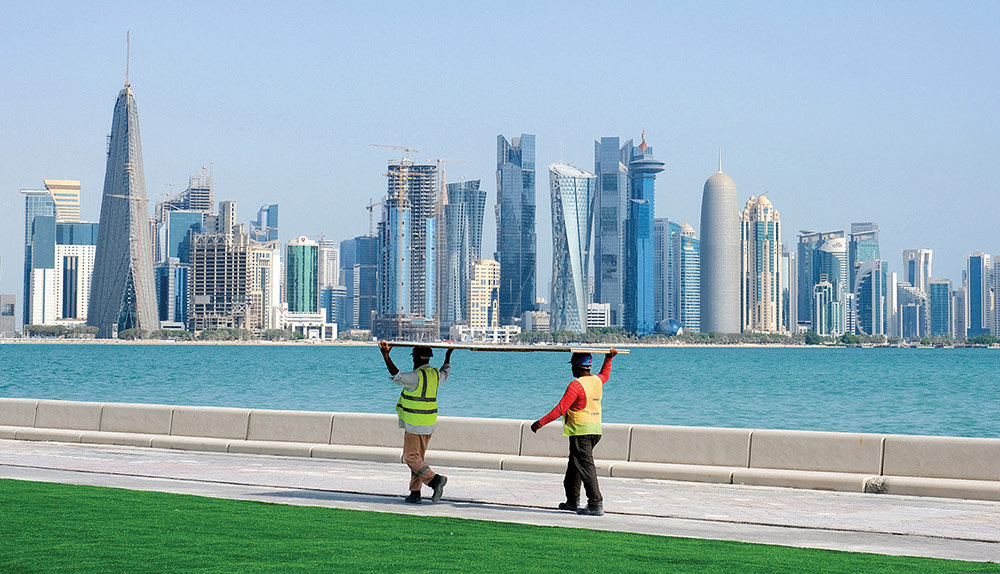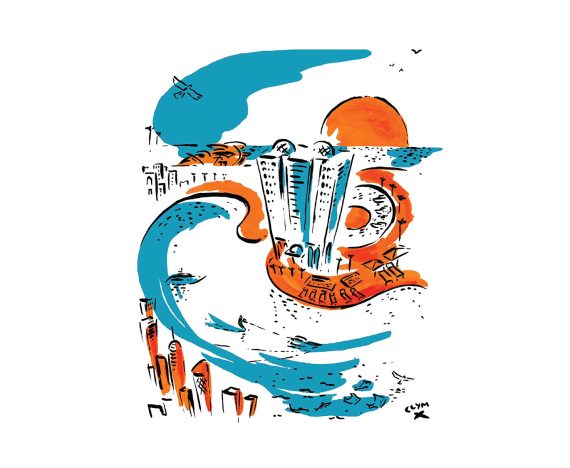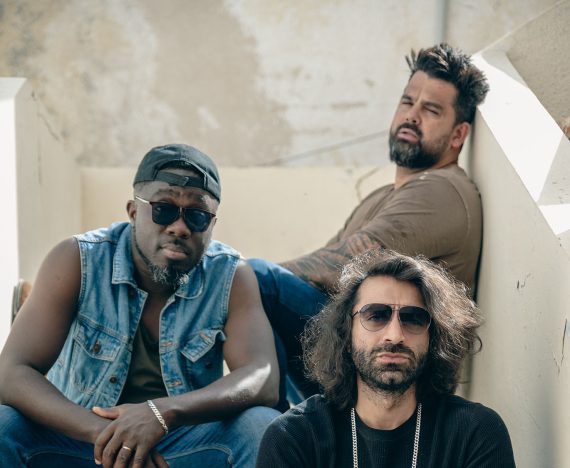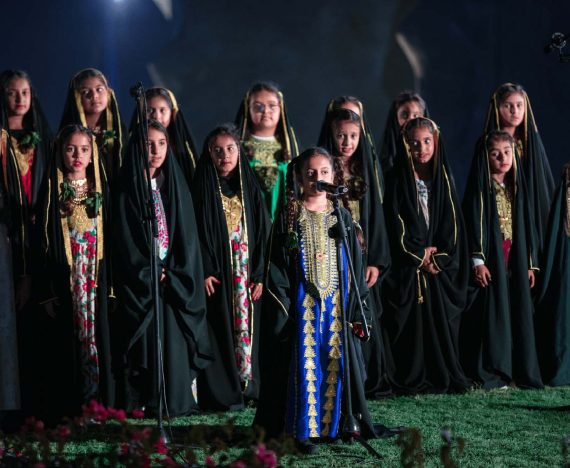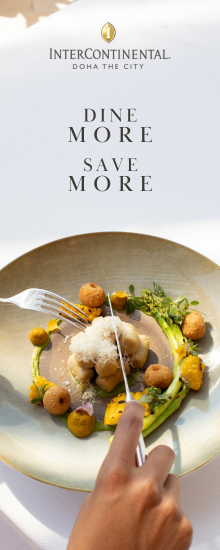CAPTURED IN THE MOMENT
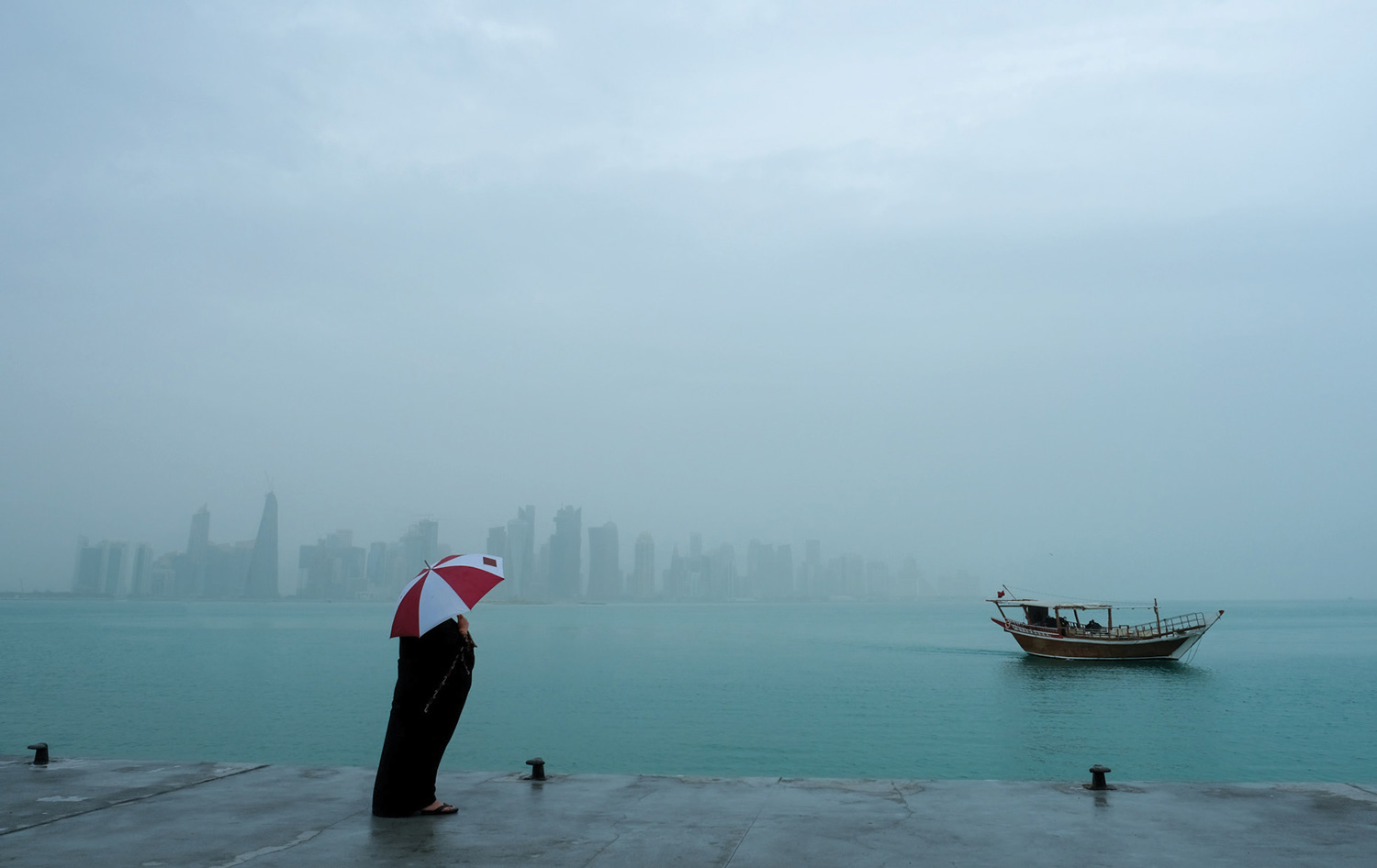
FACT speaks to Ajeesh Puthiyadath, a photographer who has recently garnered international accolades for his photograph ‘City on the Shoulders’, about his creative process and capturing the extraordinary and everyday moments of life.
What’s a good photograph?
To start, an image that can express emotion, according to Ajeesh Puthiyadath, an IT engineer by profession and a photographer by passion, who was recently recognised at the Paris International Street Photo Awards (PISPA 2021) in the Street and Architecture Category for his image titled ‘City on Shoulders’. The photo features the Doha skyline, depicting the human workforce as a significant foundation in building cities and structures.
But taking a great picture also poses a larger existential query. For over a decade, as Instagram has made photography both a currency and a global language — the process of capturing that perfect moment remains a tiresome process. And it’s not every working professional that can manage to juggle a full-on career whilst pursuing a passion, but then Ajeesh isn’t just any everyday person. One of the reasons he has attracted several recognitions in the past few years, including the Year of Culture title granted by Qatar Museums in 2019 and multiple international awards in 2020, is his candidness towards moments.
As a man who tries to capture the real-life situations, Ajeesh puts forward a narrative for visual impact. He makes sure catastrophes are averted — in terms of scenic aesthetics and photobombs — but also has defined the look and feel of pictures of the ordinary people that are not so ordinary — his lens looking straight on into people’s defiant glares. The shift Ajeesh signals is aesthetic as well as representational. He didn’t study photography — but what started as taking family pictures during vacations has taken a turn to worldwide recognition and exhibitions. FACT quizzed him about the bigger picture.
How did you get into photography?
I love to keep memories and cherish them later. Maybe one of the reasons why I’m still doing photography. I still have all my college memories with me – even photos taken from mobile cameras and other digital cameras of that time. My family used to have this old Kodak film camera that I used to take pictures of family members during our outings. I think that’s how I got into photography.
Which is your favourite shot and what’s the story behind it?
It has to be ‘City on Shoulders’ and ‘Dragon Fly Charm’. I shot dragon fly during Qatar National Day celebrations airshow in 2019. The image features three helicopters around a head. The image took me to so many places, so unexpectedly. I got so much international recognition for it and then the exhibitions that followed.
What makes a good photo? How do you ensure you get the best shot?
I never plan. I always go out and photograph with no specific agenda. I try to take pictures every day. I mean obviously we’re all everyday photographers now thanks to good quality smart phones. But I also have an additional small camera that I keep with me every day in my bag… I shoot with zero expectations. So, even when there’s a small scene, it excites me as a photographer and makes me happy. For me, a good photograph means an image that can express emotion or surprise you or a moment of magic that you seize.
Your ‘City on Shoulders’ won an international award, so what’s the creative process like when you’re shooting? Is there a particular narrative you intend putting forward via your photography?
‘City on Shoulders’ was shot on a Friday. I was going to Souq Waqif with friends for a photo-walk and we were just driving around the Corniche. That’s when I saw some workers carrying some metal sheets. It was literally that instant moment when I took a U-turn, parked my car, took the camera out and rushed closer to them to capture them. I was lucky to have been able to compose the scene well, depicting the city on top of their metal sheet. It was just an impromptu capture and idea and there you go ‘City on Shoulders’!
You’re an IT engineer by profession. So how has the transition been getting into photography?
Like I mentioned, my family had a film camera and I loved to keep memories — so it wasn’t a huge transition. I always had this passion. And you know when you’re passionate about your work or something — then it doesn’t feel like work. I bought some good cameras and lenses in Doha after coming here for work. I saved money to follow my passion and that lead me to some good photographer friends in Doha. They really guided me through on how to be a better photographer and how to look for ‘that’ moment. I’m proud to call myself a photographer today rather than just an engineer. ✤









